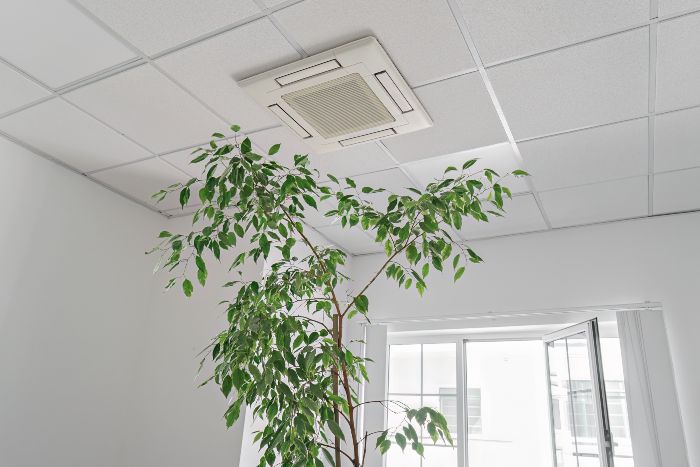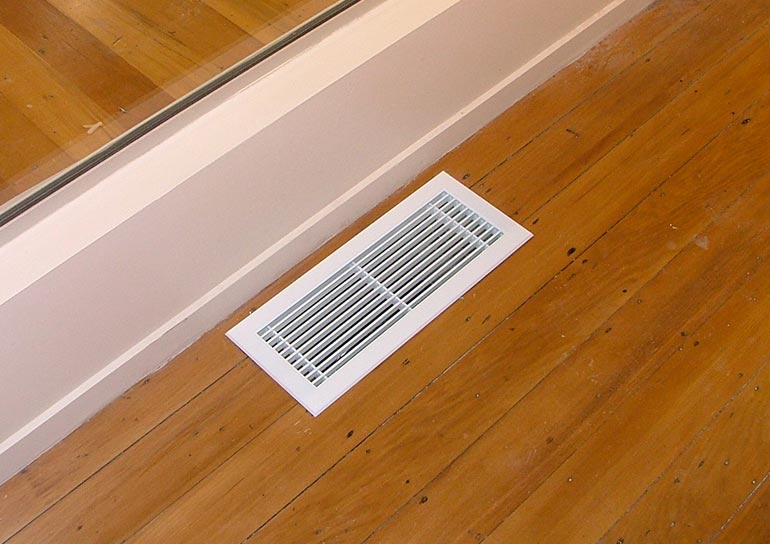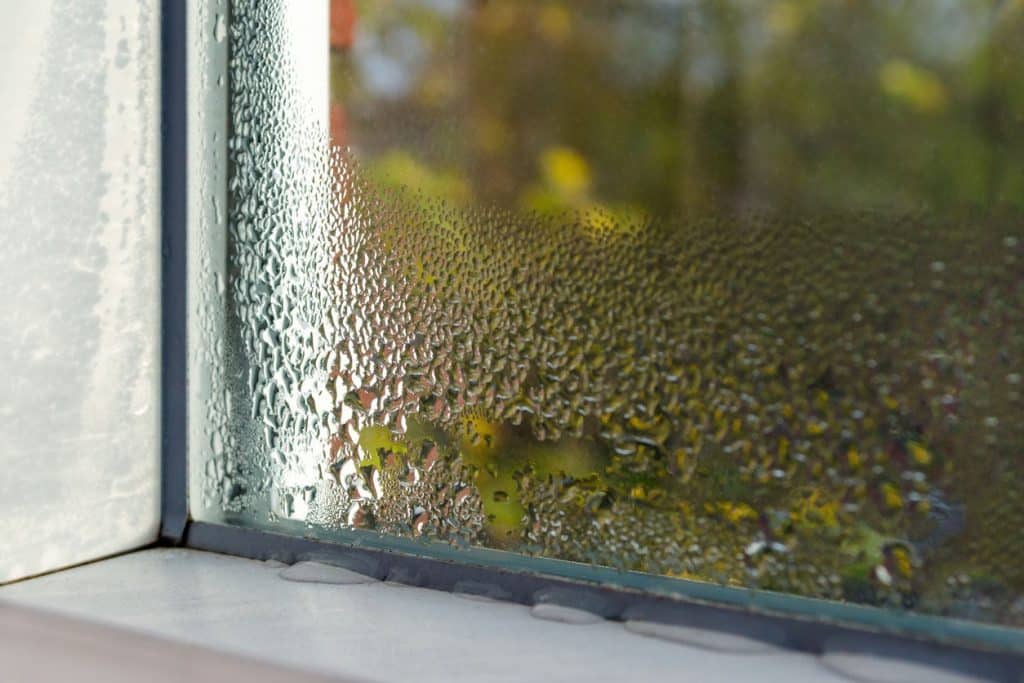The quality of indoor air is a critical aspect of maintaining a healthy and comfortable environment for building occupants. However, many airborne substances present in indoor spaces can trigger allergic reactions and exacerbate respiratory conditions, such as asthma. Therefore, it is essential to design and implement effective ventilation systems that not only regulate temperature and conserve energy but also prioritize allergy prevention and indoor air quality (IAQ) improvement.
Controlling Indoor Air Pollution
Indoor air pollution is often underestimated, with the misconception that outdoor air is more polluted, particularly in urban areas. However, research by the US Environmental Protection Agency has revealed that the average pollutant concentration is two to five times higher indoors than outdoors. Whether it’s a cozy countryside home or a bustling city apartment, indoor air quality needs attention.
Several factors contribute to elevated pollutant levels in indoor spaces, both natural and artificial. For instance, during the flowering season of plants in the northern hemisphere, pollen levels rise significantly, causing discomfort and allergic reactions in sensitive individuals. Even cities experience peak pollution during rush hours due to vehicular emissions.

To combat indoor air pollution, a well-designed ventilation system plays a crucial role. By effectively filtering and circulating outdoor air, the system can prevent pollutant concentrations from reaching harmful levels. However, during periods of high outdoor pollution, such as the pollen season or peak traffic hours, relying solely on the ventilation system to supply outdoor air becomes imperative. In such cases, opening windows might introduce more pollutants, defeating the purpose of the ventilation system. Hence, adopting a smart ventilation approach that considers pollutant concentrations is vital.
Smart Ventilation For Optimal Air Quality
Demand-controlled ventilation (DCV) has gained popularity for its ability to adjust airflow based on occupancy levels. This ensures that the system provides the necessary air circulation in occupied areas while minimizing energy consumption in unoccupied spaces. Similarly, a smart ventilation strategy can be implemented based on pollutant concentrations.

Consider the scenario when cleaning products are used in indoor spaces during low-occupancy hours. These products often release volatile organic compounds (VOCs), which can trigger allergies and asthma flare-ups similar to pollen. A regular DCV system may not be sufficient in effectively removing these pollutants since it primarily responds to occupancy levels. As a result, pollutant levels can remain elevated in low-occupancy areas.
Similarly, in newly constructed or renovated buildings, harmful compounds from construction materials and new furniture can significantly contribute to indoor air pollution. For example, new wood furniture may release substantial amounts of formaldehyde, a known indoor air pollutant. To combat this issue, a smart ventilation system that considers pollutant concentrations can be deployed to ramp up ventilation during these periods and efficiently reduce indoor air pollution.
Importance Of Controlling Humidity
Another critical factor influencing IAQ is indoor humidity. High humidity levels create favorable conditions for the growth of allergenic organisms, such as mold and dust mites. These organisms can trigger allergic reactions and respiratory problems in many individuals, leading to discomfort and reduced productivity.
Mold, though often hidden from plain sight, is a common indoor allergen. It releases airborne spores that cause allergies and can be challenging to eliminate without proper remediation. Large patches of mold require professional attention to ensure complete removal, as inadequate remediation can lead to the release of extremely high numbers of spores, further worsening the indoor air quality.
Dust mites, on the other hand, are too small to be seen by the naked eye. They reside in carpets, furniture, and stuffed toys, feeding on organic matter like dead skin cells shed by humans and pets. These microscopic pests can be easily dispersed through air movements, leading to allergic reactions triggered by the mites themselves, their droppings, and dead bodies.

Given the difficulty of eliminating mold and dust mites through direct approaches, the focus should be on controlling indoor humidity levels. Both these allergenic organisms heavily rely on moisture for survival and growth. When indoor relative humidity is reduced below 50%, mold and dust mites are less likely to thrive, leading to a healthier indoor environment with reduced allergic reactions.
Conclusion
As indoor spaces become more insulated and airtight for energy efficiency purposes, the significance of proper ventilation and indoor air quality cannot be understated. Ensuring a healthy indoor environment free from allergens and pollutants requires a holistic approach that prioritizes allergy prevention and IAQ improvement.
Smart ventilation strategies that consider pollutant concentrations and occupancy levels can effectively reduce indoor air pollution during periods of increased allergen release. Moreover, controlling indoor humidity plays a pivotal role in preventing the growth of mold and dust mites, both common indoor allergens.
Building owners and occupants must understand that IAQ is just as crucial as energy efficiency when designing ventilation systems. Regular professional assessments of indoor air quality are recommended to ensure the ventilation system’s optimal performance and safeguard the well-being and productivity of all occupants. By prioritizing allergy prevention and IAQ improvement, indoor spaces can become havens of comfort and health for everyone.






GIPHY App Key not set. Please check settings